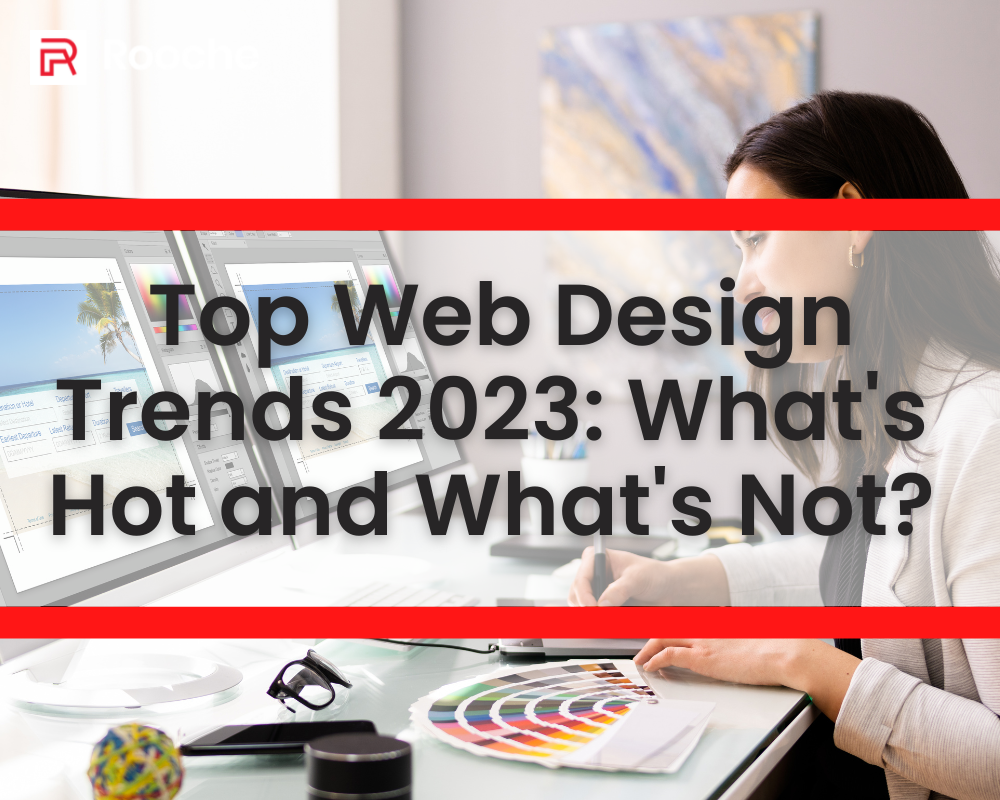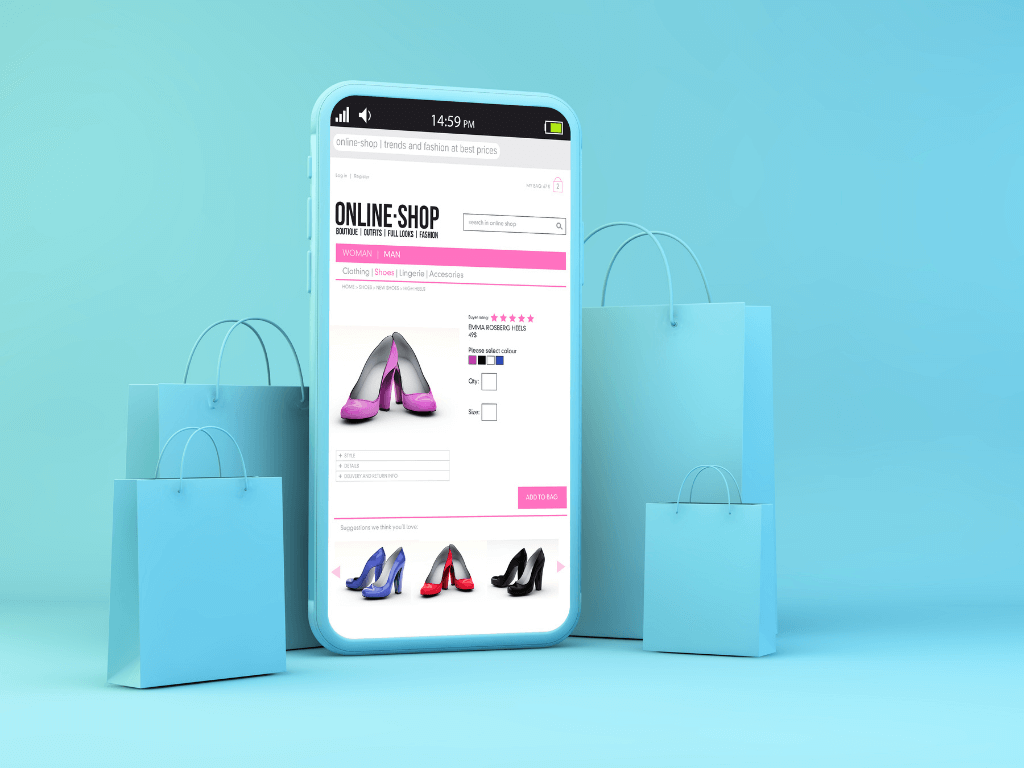Why Web Designers Should Care About Typography
What is Typography in Web Design? Typography is the style, arrangement, and appearance of text. In web design, it encompasses […]
Dec 8, 2022
Aug 7, 2023

In the ever-evolving digital landscape, web design trends play a crucial role in shaping user experiences, engagement, and overall success for businesses online. As we venture into 2023, it’s essential for web designers, developers, and business owners to stay updated with the latest trends that can elevate their websites to new heights.
In this article, we will delve into the top web design trends for 2023 and identify what’s hot and what’s not in the world of web design. I, as an expert in the field, will provide first-hand knowledge and insights supported by credible sources to help you make informed decisions and create captivating websites that leave a lasting impression on your visitors.
AI-Driven Personalization Web Design refers to the use of Artificial Intelligence (AI) technology to personalize website content, user experiences, and interactions based on individual preferences, behavior, and characteristics. The goal is to deliver a more tailored and relevant experience to each user, increasing engagement, satisfaction, and conversion rates.
In traditional web design, websites often present the same content and layout to all users. However, AI-driven personalization takes a different approach by leveraging machine learning algorithms and data analysis to understand user behavior, preferences, and demographics. By analyzing user data, such as browsing history, past interactions, location, and other relevant information, AI can dynamically adjust the website’s content and design elements in real-time to cater to each user’s unique needs and interests.
Key components of AI-driven personalization web design include:
The benefits of AI-driven personalization web design include improved user engagement, increased conversion rates, higher customer satisfaction, and better customer retention.
By providing users with content and experiences that align with their preferences and needs, websites can create more meaningful and lasting connections with their audience. However, it’s essential to ensure transparency and respect users’ privacy by providing clear information about data collection and allowing users to opt-out if desired.
Augmented Reality Integration in web design refers to the incorporation of augmented reality (AR) technology into websites to provide interactive and immersive experiences for users. Augmented reality superimposes digital elements onto the real-world environment, allowing users to experience a blend of virtual and physical content.
In the context of web design, AR integration can take various forms:
To achieve AR integration on a website, developers typically use web-based AR frameworks and libraries that leverage technologies like WebAR and WebXR. These frameworks allow users to experience AR directly through their web browsers without the need for dedicated mobile apps.
It’s important to note that as technology advances, new AR integration methods and tools may emerge, offering even more possibilities for web designers to create captivating and interactive experiences for their users.
Dark mode has taken the digital world by storm, providing an elegant and modern touch to websites while reducing eye strain and saving battery life for users. In 2023, dark mode is expected to dominate web design, offering a visually appealing and energy-efficient alternative to traditional light-themed websites.
Voice search and virtual assistants have become an integral part of our lives, and in 2023, we can expect a VUI revolution in web design. Implementing voice-controlled elements on websites enables hands-free navigation and enhances accessibility for users, making it a must-have trend for forward-thinking designers.
3D Visual Graphic Web Design involves the use of three-dimensional graphics and imagery on websites to create immersive and interactive visual experiences for users. It goes beyond traditional 2D design by adding depth, perspective, and realism to the visuals, resulting in visually stunning and engaging web content.
From 3D modeling and texturing to interactive elements and performance optimization, this design approach offers diverse applications such as product visualization, virtual tours, gamification, visual storytelling, and educational content. As web technologies advance, 3D visual graphic web design opens up new possibilities for designers to create captivating and memorable online experiences for their audiences.
Microinteractions are subtle, yet powerful animations or responses to user actions. Implementing these delightful interactions throughout your website can elevate user engagement, provide feedback, and create a sense of interactivity, improving the overall user experience.
As of 2023, Outdated Web Designs refer to website layouts, styles, and practices that have not kept up with modern design trends and user expectations. These outdated elements can negatively impact the user experience and make the website feel less engaging and professional. Some common characteristics of outdated web designs include:
In 2023, modern web design focuses on user-centricity, simplicity, minimalism, and adherence to current design trends and best practices. Outdated web designs can be revitalized by adopting responsive layouts, using contemporary design elements, optimizing for speed, prioritizing user experience, and ensuring compliance with accessibility standards.
Eager to stay ahead in the ever-evolving digital world? Contact Rooche Digital today, and let our expert team bring your website up to speed with the top web design trends of 2023. From immersive interactions to sleek minimalism, we’ll ensure your website is hot, not just for now, but for the future.
Don’t miss out on captivating your audience and leaving a lasting impression. Get in touch with us now to embrace the latest trends and elevate your online presence!

What is Typography in Web Design? Typography is the style, arrangement, and appearance of text. In web design, it encompasses […]
Dec 8, 2022

A VPN, or virtual private network, is a way to make your online activity more secure and private. When you […]
Dec 8, 2022

Why does mobile website accessibility matter? If you think about it, the average person spends a lot of time on […]
Dec 8, 2022
Join our newsletter and be the first to receive future promo and sale updates from Rooche!